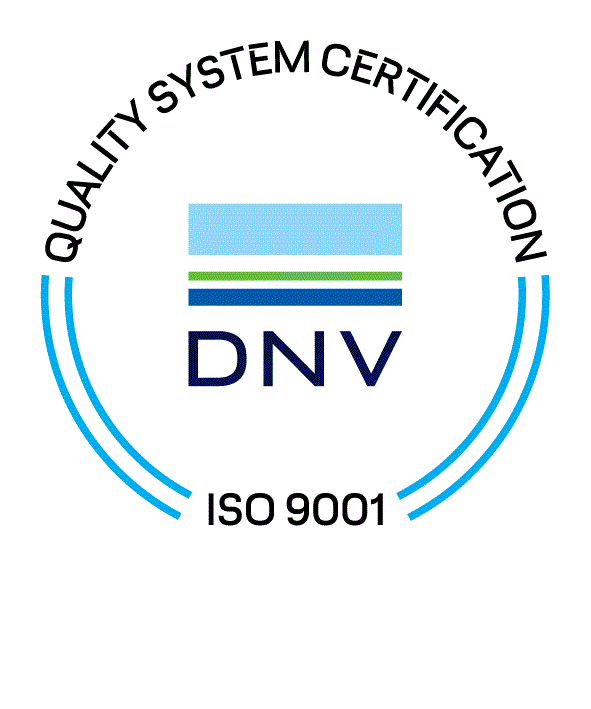Full scope EIA, Natura 2000 assessment (EU only), Land remediation studies
Our services in the field are - but not limited to - the following:
- Project manager tasks plus environmental licensing tasks.
- Air quality management
- Appropriate Assessment (AA) of Natura 2000 sites
- Assessment of socio-economic impacts
- Built environment, protection of cultural heritage
- Climate risk assessment
- Disaster management analysis
- Flora and fauna protection
- Landscape protection
- Noise and Vibration
- Soil and groundwater protection
- Surface water protection
- Water Framework Directive (WFD) Assessment
- Waste management
In addition to the above, we can perform the tasks of the following - but not limited to - authorization phases:
- Environmental Impact Assessment
- Environmental Report - Construction Permit Stage
- Tree Cutting and Planting Plan - Construction Permit Stage
- Environmental Rehabilitation Plan - Construction Permit Stage
- Environmental Summary – Implementation Permit Stage
- Environmental Monitoring Plan
- Under-Construction Environmental Plan
Key components in our land remediation studies:
-
Site Assessment:
- Identify Contaminants: Determine the types and concentrations of contaminants present in the soil or groundwater.
- Site History: Investigate the historical use of the land to understand the source and extent of contamination.
- Pathways and Receptors: Assess how contaminants may migrate through soil, water, or air, and identify potential receptors (organisms or humans) that may be affected.
- Sampilng and laboratory analysis
- Hydrogeological modelling
-
Risk Assessment:
- Evaluate Risks: Assess the potential risks posed by the contaminants to human health, ecosystems, and the surrounding environment.
- Exposure Pathways: Identify how people or wildlife may come into contact with contaminants and evaluate the associated health and ecological risks.
-
Remediation Options Analysis:
- Explore Technologies: Consider various remediation technologies suitable for the specific contaminants and site conditions. This could include physical, chemical, or biological methods.
- Feasibility: Assess the feasibility of each remediation option, considering factors like cost, effectiveness, and time required for implementation.
-
Remediation Plan Development:
- Detailed Strategy: Develop a detailed plan outlining the chosen remediation approach, including the specific steps, timeline, and resources required.
- Compliance: Ensure that the remediation plan aligns with local regulations and standards.
-
Implementation and Monitoring:
- Execute Plan: Implement the chosen remediation measures according to the established plan.
- Monitoring: Continuously monitor the progress of remediation activities and assess the effectiveness of the chosen methods.
-
Verification and Closure:
- Confirm Clean-Up: Verify that the remediation goals have been achieved and that contaminant levels are within acceptable limits.
- Regulatory Compliance: Demonstrate compliance with regulatory requirements and obtain necessary approvals for closure.
Land remediation studies play a crucial role in addressing environmental contamination issues, promoting sustainable land use, and safeguarding human health and ecosystems.
Clients we serve are in the:
- government
- infrastructure
- industry
- private developers
sectors
Please see our references under the PROJECTS menu.

